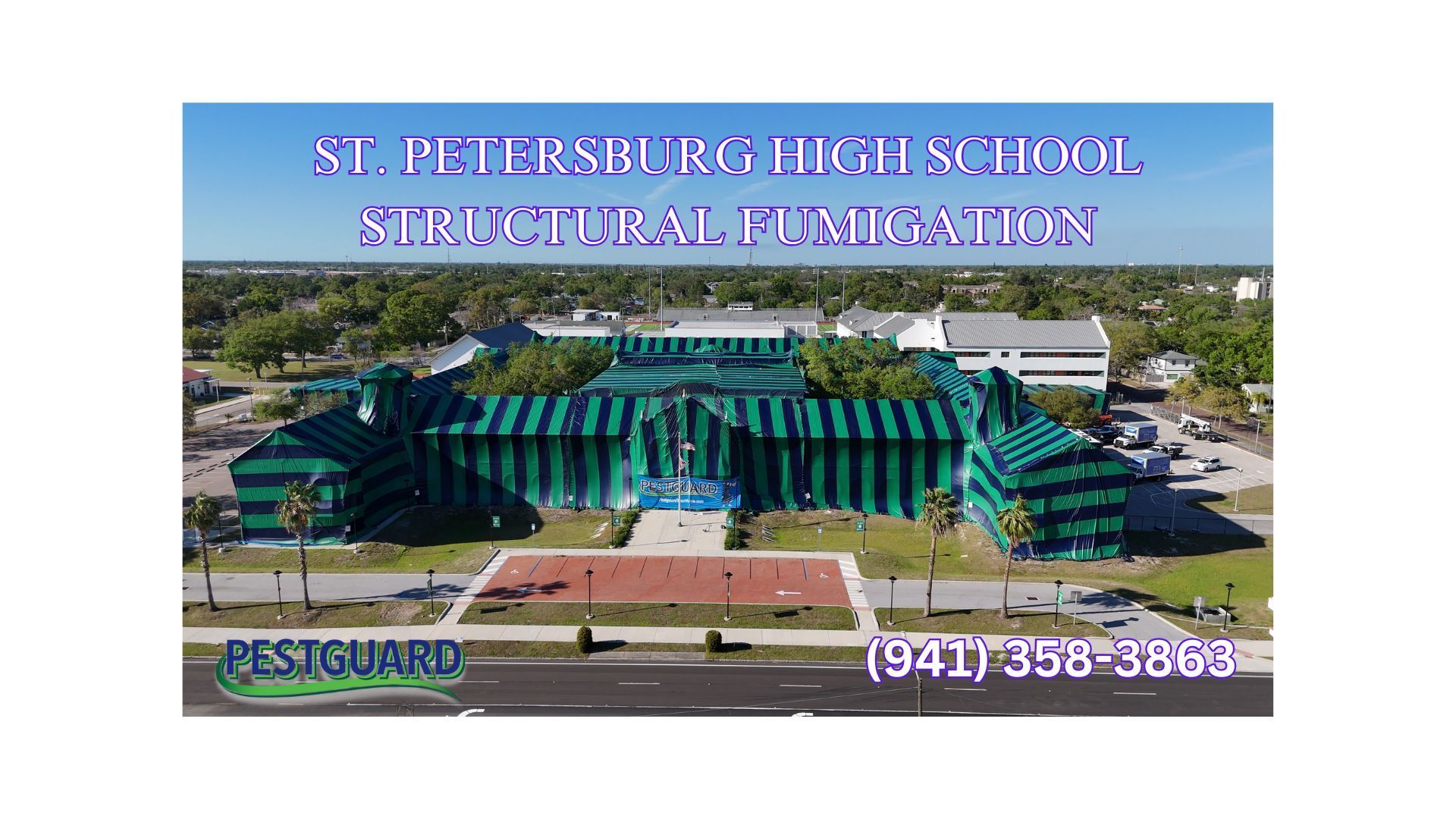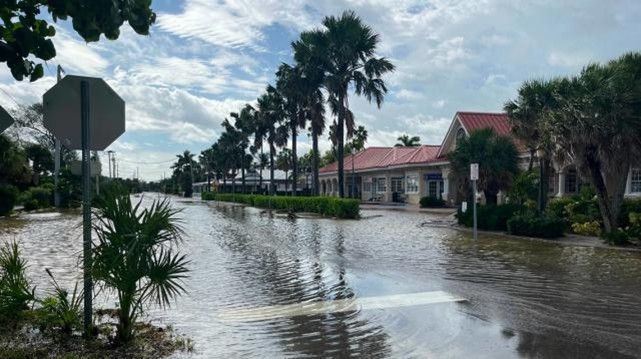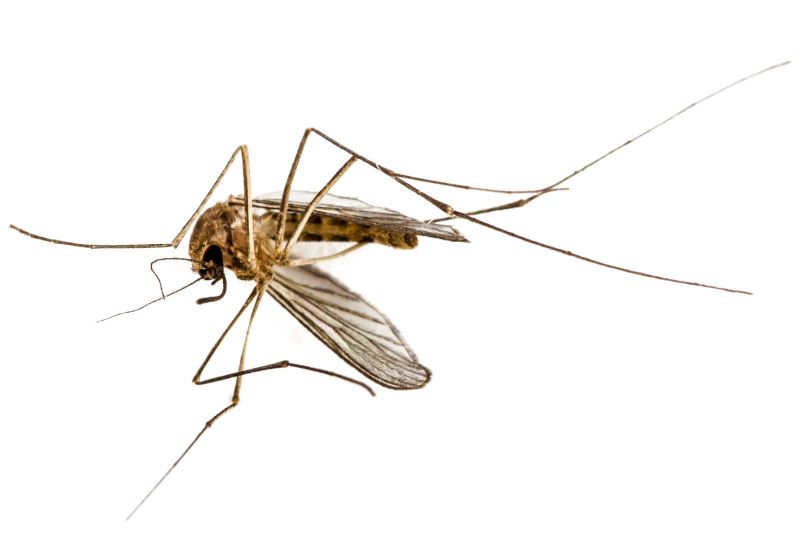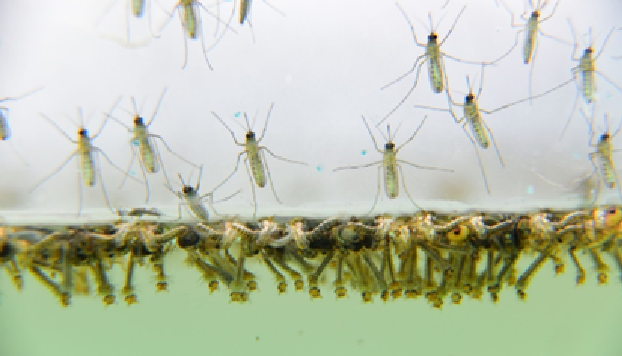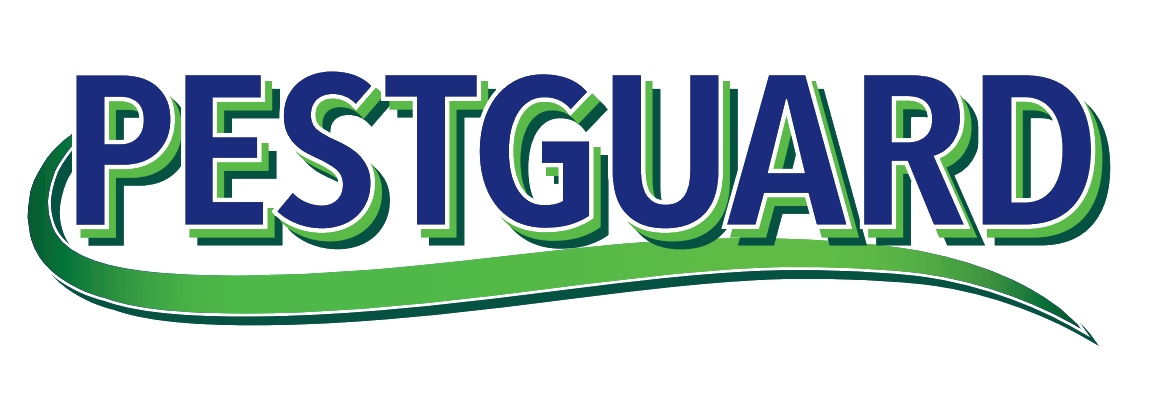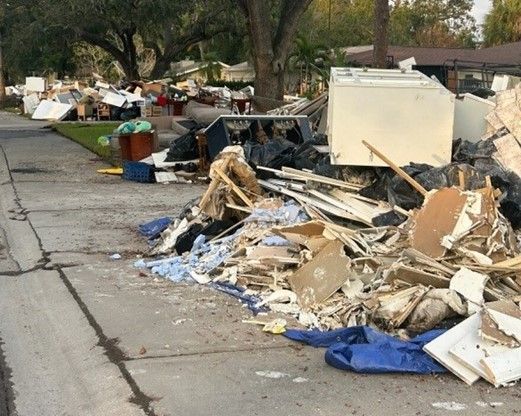The Importance of Mosquito Control
Mosquitoes are more than just a summertime annoyance. They are vectors for diseases such as West Nile virus, Zika virus, dengue fever, and even malaria in some parts of the world. These diseases can have severe consequences, particularly for children, the elderly, and those with compromised immune systems. Therefore, controlling the mosquito population around your home isn’t just about comfort; it’s about safeguarding the health and well-being of those you care about.
Mosquitoes are adept at finding breeding spots, often in areas that we may overlook. Common places include standing water in birdbaths, gutters, planters, and even small puddles. A single mosquito can lay hundreds of eggs in a tiny amount of water, leading to a rapid increase in the mosquito population. Without intervention, what starts as a minor inconvenience can quickly become a significant infestation.
In addition to the health risks, a high mosquito population can significantly reduce your ability to enjoy your outdoor spaces. Gardens, patios, and swimming pools—areas meant for relaxation and fun—can become unusable if mosquitoes are prevalent. The constant need to swat away insects or apply bug repellent detracts from the enjoyment of being outside. This is why taking proactive steps to control mosquitoes around your home is not only a smart decision but a necessary one.
Advanced Mosquito Control with the MistAway Gen III System
At Pestguard, we are committed to providing our customers with the most effective and innovative solutions for mosquito control. One of our flagship products is the MistAway Gen III Tankless Mosquito Misting System, a cutting-edge approach to keeping mosquitoes at bay. This system is not only effective but also user-friendly and environmentally conscious, making it a top choice for homeowners who want to enjoy their outdoor spaces without the constant hassle of mosquitoes.
Key Features of the MistAway Gen III System
Tankless Design for On-Demand Freshness
The MistAway Gen III system is tankless, which means it does not rely on a large reservoir of pre-mixed insecticide. Instead, the system mixes the insecticide on demand, right before each misting cycle. This ensures that the solution is always fresh and potent, maximizing its effectiveness against mosquitoes. Traditional tank systems can lose potency over time as the mixture sits, but with the Gen III, you can be confident that each spray is as effective as the first.
Smart Technology Integration
In today’s world, convenience and control are key. The MistAway Gen III system is equipped with smart technology, allowing you to manage the misting schedule via a mobile app. This means you can easily adjust the timing, frequency, and duration of misting cycles based on your specific needs. Whether you’re hosting a party and want to increase misting beforehand or adjusting the settings while on vacation, the system provides complete control at your fingertips.
Customizable Nozzle Placement
The effectiveness of any mosquito control system depends on strategic placement. The MistAway Gen III system allows for customizable nozzle placement around your property. Our team will work with you to identify high-risk areas where mosquitoes are likely to breed and rest, such as dense foliage, shaded areas, and near water features. By creating a tailored perimeter of protection, the system targets mosquitoes where they’re most vulnerable, drastically reducing their presence in your outdoor spaces.
Low Maintenance, High Impact
The MistAway Gen III is designed with busy homeowners in mind. The system requires minimal maintenance, with self-diagnostic features that alert you if there’s a need for service. The unit is also discreet, blending into your landscape without drawing attention, so you can focus on enjoying your yard rather than worrying about mosquito control.
The In2Care Baiting System: A Targeted, Eco-Friendly Approach
While the MistAway Gen III system provides excellent coverage and control, we also offer the In2Care Baiting System for homeowners seeking an additional or alternative method. The In2Care system is particularly effective in areas with dense mosquito populations or where water sources are prevalent.
How the In2Care Baiting System Works

Dual-Action Control
The In2Care system is a baiting solution that targets mosquitoes at multiple stages of their lifecycle. The system works by luring female mosquitoes—those responsible for laying eggs—into a specially designed bait station. Inside the station, mosquitoes encounter a larvicide, which they carry back to their breeding sites. This innovative approach ensures that not only are adult mosquitoes affected, but their larvae are also eliminated before they have a chance to mature.
Environmentally Conscious Design
For homeowners who are concerned about the environmental impact of pest control, the In2Care system offers a sustainable solution. The baiting stations are designed to be safe for non-target species such as bees, butterflies, and other beneficial insects. The larvicide used in the system specifically targets mosquitoes, minimizing any potential harm to the surrounding ecosystem. This makes In2Care an excellent choice for those who want to protect their outdoor spaces without compromising on environmental values.
Proactive Mosquito Management
The In2Care system provides long-term mosquito management by interrupting the mosquito breeding cycle. By reducing the number of larvae that develop into adult mosquitoes, the system lowers the overall mosquito population over time. This proactive approach is ideal for maintaining a comfortable and safe outdoor environment throughout the mosquito season.
Why Choose Pestguard for Mosquito Control?
At Pestguard, we understand the importance of creating a safe and enjoyable environment for you and your family. Our mosquito control solutions are designed to be effective, convenient, and tailored to your specific needs. Whether you prefer the high-tech capabilities of the MistAway Gen III system or the eco-friendly approach of the In2Care baiting system, we have the expertise and products to keep your home mosquito-free.
Professional Installation and Support
Our team of experienced technicians will work with you to determine the best mosquito control strategy for your property. We provide professional installation services to ensure that your system is set up correctly and functions at peak efficiency. Additionally, we offer ongoing support and maintenance services, so you can rest assured that your mosquito control system will continue to protect your home season after season.
Customer Satisfaction Guaranteed
We take pride in the quality of our products and services. Customer satisfaction is our top priority, and we’re committed to delivering results that exceed your expectations. When you choose Pestguard, you’re not just investing in a product; you’re investing in peace of mind.
Act Today!
Don’t let mosquitoes dictate how you enjoy your outdoor spaces this summer. Contact us today to learn more about our mosquito control solutions and schedule a consultation. Together, we can create a mosquito-free environment that allows you to fully embrace the joys of outdoor living.
Call us at
941-358-3863 or visit our website at
pestguardtermite.com to get started.
